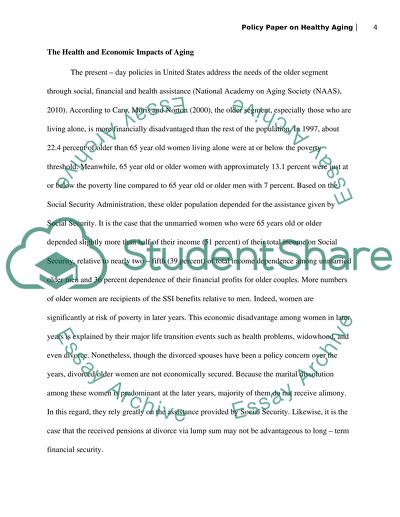Cite this document
(“Policy Paper on Issues Associated with the Aging Population, Marriage Essay”, n.d.)
Policy Paper on Issues Associated with the Aging Population, Marriage Essay. Retrieved from https://studentshare.org/sociology/1446209-policy-paper-on-issues-associated-with-the-aging
Policy Paper on Issues Associated with the Aging Population, Marriage Essay. Retrieved from https://studentshare.org/sociology/1446209-policy-paper-on-issues-associated-with-the-aging
(Policy Paper on Issues Associated With the Aging Population, Marriage Essay)
Policy Paper on Issues Associated With the Aging Population, Marriage Essay. https://studentshare.org/sociology/1446209-policy-paper-on-issues-associated-with-the-aging.
Policy Paper on Issues Associated With the Aging Population, Marriage Essay. https://studentshare.org/sociology/1446209-policy-paper-on-issues-associated-with-the-aging.
“Policy Paper on Issues Associated With the Aging Population, Marriage Essay”, n.d. https://studentshare.org/sociology/1446209-policy-paper-on-issues-associated-with-the-aging.


